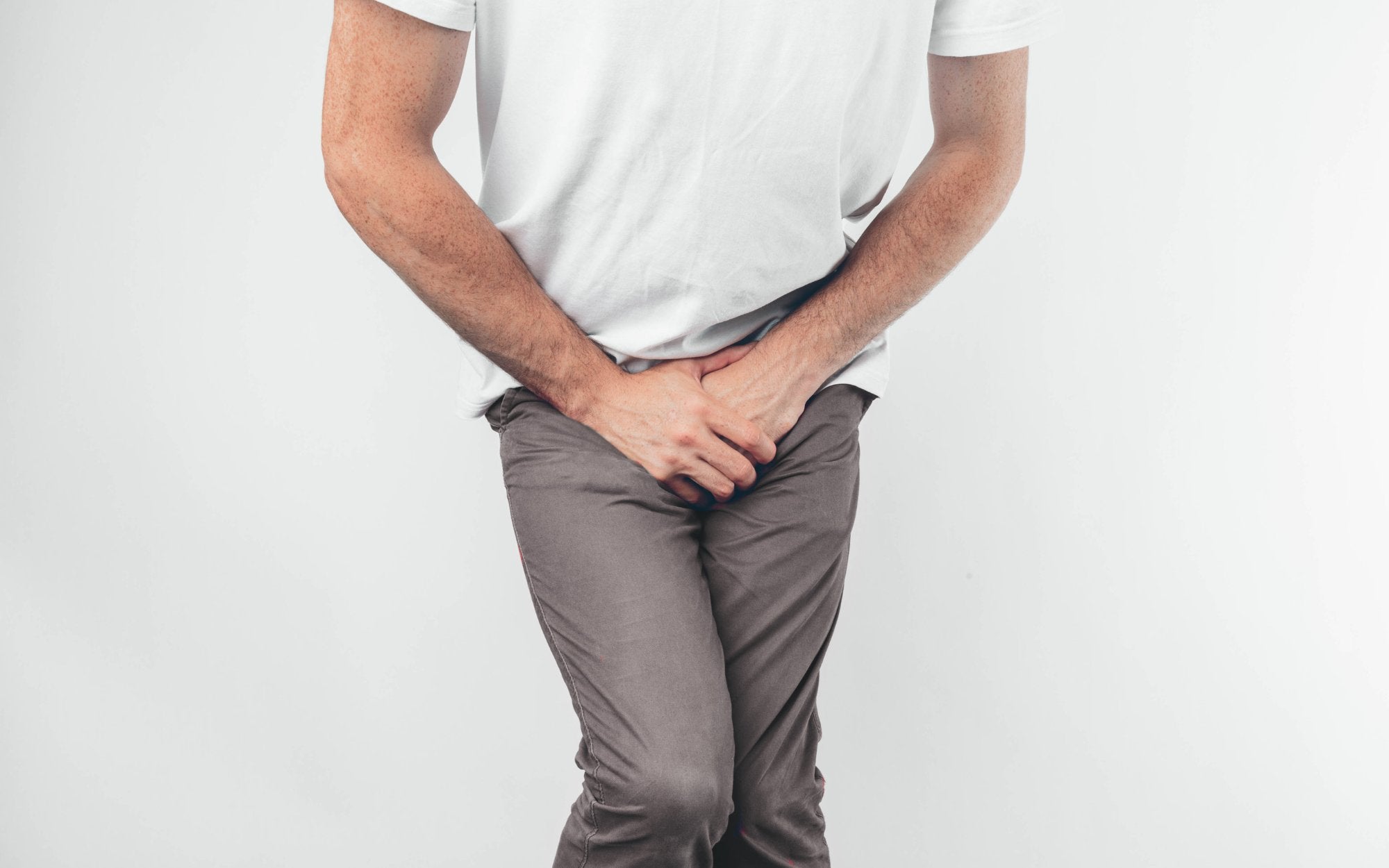The 411 on Incontinence

By Board Certified Urologist, Dr. Yana Barbalat
Most people think that all incontinence is the same, but incontinence comes in few different varieties.
There are essentially three forms of incontinence:
- Stress incontinence
- Urge incontinence
- Overflow incontinence
How do I know which one I have?
Let’s start with stress incontinence.
Stress incontinence happens when you leak urine while you cough, sneeze, jump, walk briskly, or do any physical activity that puts more “stress” on your bladder. Stress incontinence can develop when there is nerve or physical damage to the urethral sphincter. This can occur during vaginal delivery, accidents (falls, biking, motor vehicle accidents), prostate or urethral surgery, or with certain neurological conditions. Stress incontinence can vary in severity from mild to severe. When its mild, people just cross their legs and squeeze tight when they know they are going to sneeze. In severe cases, people dribble urine all day long.
An effective treatment for stress incontinence is pelvic floor physical therapy (Kegel Exercises) to strengthen up the pelvic floor muscles. The most important part of pelvic floor physical therapy is sticking with it! Kegel exercises should be done multiple times daily for at least 6 months to see meaningful improvement.
The other types of treatment for stress incontinence are all more invasive. They include urethral bulking (think lip filler!) to bulk up the urethra, as well as more invasive options such as a urethral sling to provide more support for the urethra.
Next up, urge incontinence.
Urge incontinence occurs when the bladder decides to just contract on its own and start to urinate without permission from the brain. With urge incontinence, there is little or no time between the desire to pee and the action of peeing. Many neurological conditions can cause urge incontinence. However, most commonly, this type of incontinence is “idiopathic,” meaning the cause is unknown. A lot more research is needed to understand urge incontinence.
Like stress incontinence, urge incontinence also varies in severity from individual-to-individual. Some people must rush to the bathroom, but are generally able to make it in time with an occasional dribble along the way. Other people, however, are completely unable to make it to the bathroom in time and begin to urinate as soon as they feel an urge to pee, no matter where they are or what they are doing. This is obviously very distressing. People with urge incontinence often report that they have “no control” over their bladders.
Luckily, there are many treatments available for urge incontinence. Common first line treatments include lifestyle modifications, such as decreasing soda and caffeine intake, and pelvic floor physical therapy. Another option is a trial of supplements, such as Utiva Bladder Health. There are also many prescription drugs available for urge incontinence as well. These drugs work by calming down the muscle wall of the bladder and are effective for a handful of patients, but unfortunately not for everyone.
Finally, there is a variety of minimally invasive treatments available to treat urge incontinence. These minimally invasive treatments are effective in significantly decreasing incontinence in about 80-90% of patients. Overall, the treatment of urge incontinence must be individualized because some treatment options are more appropriate than others for any given patient.
The last type of incontinence is called overflow incontinence.
Think of your bladder as a cup that does not empty. Instead, it overflows because it’s so full. People who do not empty their bladders due to a blockage, bladder muscle failure, or a neurological condition, can have overflow incontinence. This type of incontinence can be deceiving to diagnose because people don’t always realize that they are not emptying their bladders. In fact, most people with overflow incontinence have no idea that this is the cause of their urinary leakage. However, this is a dangerous type of incontinence because people who do not empty their bladders to such a degree that they overflow, can develop kidney problems, structural bladder changes, bladder stones, and recurrent urinary tract infections.
The treatment for overflow incontinence is getting the patient to empty their bladder so that they do not overflow! That is individualized based on the cause for the incomplete bladder emptying.
In conclusion, all incontinence is not the same. Sometimes people can have mixed incontinence, where a few different forms of incontinence coexist. It is important that anyone with incontinence seeks advice of a healthcare professional to appropriately diagnose and treat their problem.
Knowledge is power
Sign up to our newsletter to keep learning!

- Choosing a selection results in a full page refresh.
- Opens in a new window.



